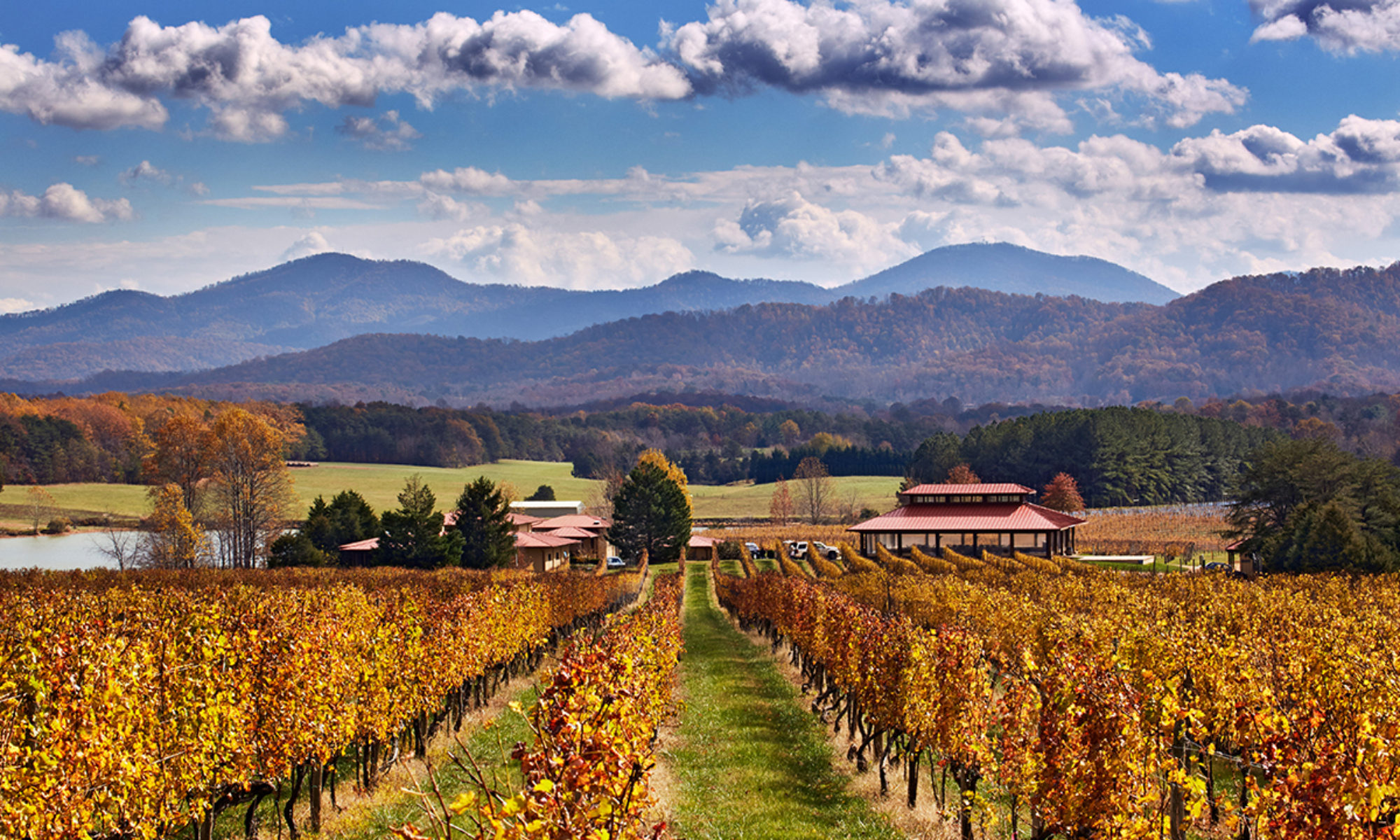James River Cellars
- The closest winery to Richmond, the state capital, located in Glen Allen. Part of the Colonial Virginia Wine Trail. Opened in 2001 by Ray Lazarchic. This is an interesting business model, as the tasting room is here outside of Richmond, and the associated vineyard is a couple of hours away in Montpelier: a good example of the variety of business plans present today in Virginia’s wine sector.
- Wine. Among the Top 100 wineries in Virginia. The James River 2020 vintage Petit Manseng was awarded a gold medal at the 2022 Virginia Governor’s Cup state-wide wine competition. Several other James River wines have been awarded silver medals at recent Governor’s Cup competitions. At the 2023 Governor’s Cup, the 2019 vintage Petit Verdot and 2021 vintage Petit Manseng and “Snowy White” (a Traminette-led white blend) were awarded silvers, while the 2019 vintage Cabernet Sauvignon and Merlot and the 2021 Reserve Chardonnay all came away with bronze medals. At the 2022 Governor’s Cup, the 2017 Petit Verdot, 2019 vintage Cabernet Franc, Cabernet Sauvignon and Vidal Blanc, and 2020 Snowy White all were awarded silver medals. At the 2022 Atlantic Seaboard Winery Association competition, the 2019 Chardonnay was awarded a silver medal, while the 2019 Merlot and Chardonnel and 2021 “Sunrise White” (a very unusual white blend with Chardonnel and Vidal Blanc) were given bronze medals. A wide range here of seven whites and ten reds. Some interestingly named wines, including a Hanover White, a Rad Red, a “Monitor vs CSS Virginia,” and a “Real Santa Red” (off-limit to fake Santas). 100% Virginia wines.
- Setting. Next door to a golf driving range on a busy highway. The grounds themselves and the tasting room are nice, but James River doesn’t have the extensive or rural views that attract many to other wineries in the state. The winery offers small cheese plates; occasionally food trucks are on premise.
- Stories. One star. Richmond – the Capital of the Confederacy. The American Civil War had arguably a greater impact on the state of Virginia than any other, due both to its bordering on Union Maryland and the state capital, Richmond, also being the capital of the Confederate States of America from 1861 to 1865. Richmond’s location on the Fall Line of the James River was a strategic site well before the arrival of Europeans. The Powhatan tribe had own of its main villages here, and it marked the boundary between the Algonquin-speaking confederacy of the late 16th century and the Monacan Sioux who were the most important tribe of the Piedmont. In the 18th and early 19th centuries, Richmond became an important transportation and manufacturing hub. During the war, it was both a political capital – the home of Confederate President Jefferson Davis – and the center of the South’s munitions and railway industry. The Tredegar Iron Works, along the banks of the James, notably built the world’s first ironclad, the “CSS Virginia”; the CSS Virginia and the Union Navy’s “Monitor” fought the world’s first battle between ironclad warships at the mouth of the James River in 1862 (as is commemorated by the name of one of James Cellar’s red wines). That battle, known as The Battle of Hampton Roads, had ramifications around the world, as navies stopped building wood-hulled ships and turned instead to the iron and steel warships that characterized 20th century naval warfare. After several failed Union attempts to attack the city, Union General Ulysses S. Grant besieged and captured Richmond in August of 1865.
